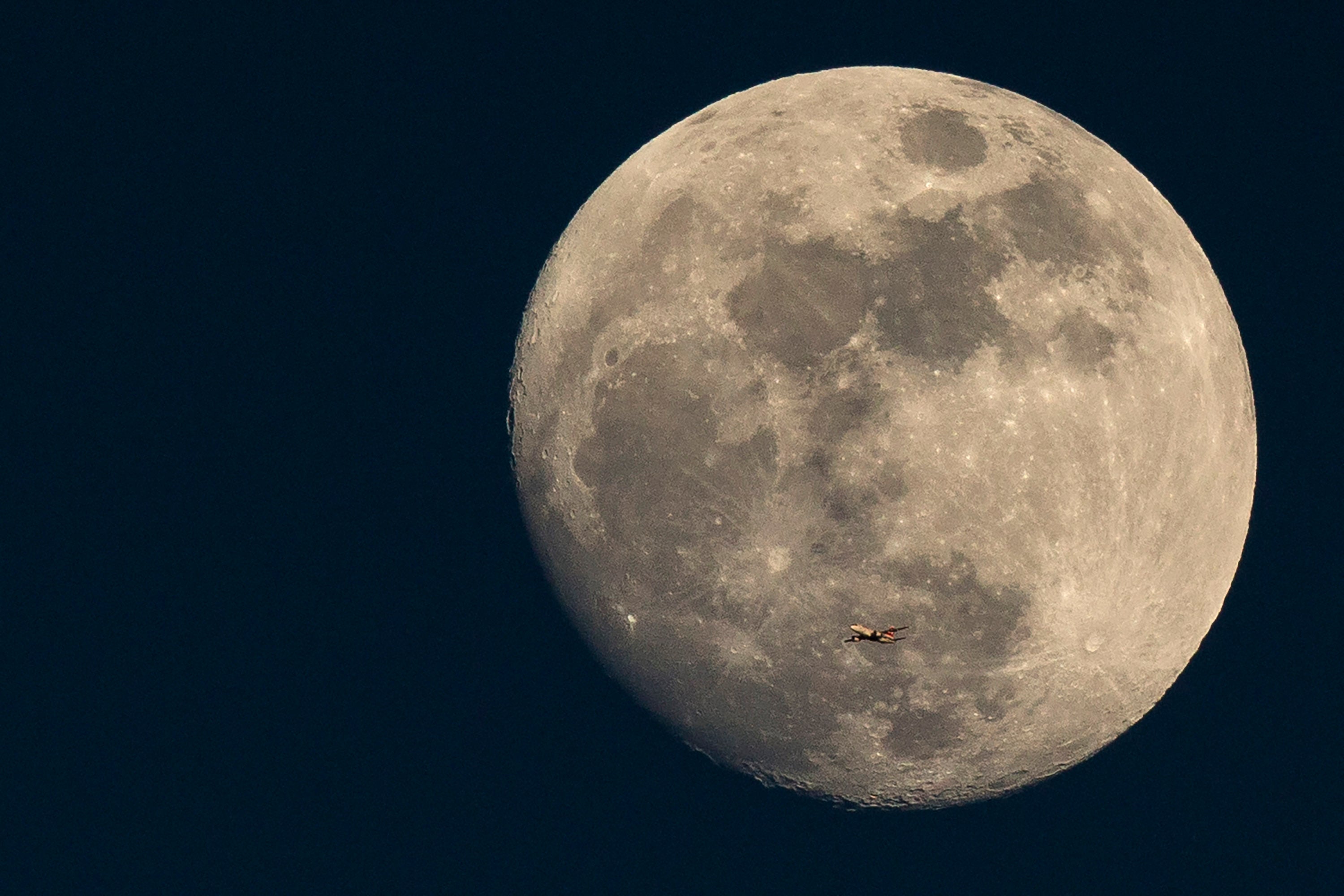We can put solar farms in space, scientists announce
Experimental satellite flew around the Earth 30,000 times – and is still generating energy

Your support helps us to tell the story
From reproductive rights to climate change to Big Tech, The Independent is on the ground when the story is developing. Whether it's investigating the financials of Elon Musk's pro-Trump PAC or producing our latest documentary, 'The A Word', which shines a light on the American women fighting for reproductive rights, we know how important it is to parse out the facts from the messaging.
At such a critical moment in US history, we need reporters on the ground. Your donation allows us to keep sending journalists to speak to both sides of the story.
The Independent is trusted by Americans across the entire political spectrum. And unlike many other quality news outlets, we choose not to lock Americans out of our reporting and analysis with paywalls. We believe quality journalism should be available to everyone, paid for by those who can afford it.
Your support makes all the difference.A new experiment demonstrates that commercial solar farms in space could one day be possible, according to the researchers behind it.
Scientists from the UK say that a satellite launched into space to test the opportunities to gather sunlight for power has shown more success than expected.
The experiment showed that it was possible to make lightweight solar panels at low cost that would be able to work in space, researchers said.
They sent one of those units into space and examined how it worked over a period of six years and 30,000 orbits. It was able to withstand the solar radiation and other damage of space, they said, and continue generating power.
“We are very pleased that a mission designed to last one year is still working after six. These detailed data show the panels have resisted radiation and their thin-film structure has not deteriorated in the harsh thermal and vacuum conditions of space,” said Craig Underwood from the University of Surrey,
“This ultra-low mass solar cell technology could lead to large, low-cost solar power stations deployed in space, bringing clean energy back to Earth – and now we have the first evidence that the technology works reliably in orbit.”
The panels were made at the University of Swansea, and used a new kind of solar cell made out of cadmium telluride. That material allows for larger panels at lighter weights, which provide more power and are relatively cheap.
Colleagues at the University of Surrey then built those panels into a satellite that could be delivered to space, as well as the technology to measure how they continued to perform once they were in orbit. Those measurements showed that the panels gradually became less efficient, but researchers say they nonetheless showed that the panels could eventually be commercially viable.
Solar farms in space would overcome many of the problems with existing renewable infrastructure on Earth. The solar farms could allow for more space on the ground, but more notably would be able to avoid issues caused by weather and benefit from more intense sunlight than there is on the surface.
Making units that are able to withstand the difficulties of space is just one of a number of challenges for solar farms in space. There would also need to be a way to get the energy back down to us, for instance – though this summer researchers were able to successfully beam power down to Earth using microwaves.
A study describing the findings, ‘IAC-22-C3.3.8 Six years of spaceflight results from the AlSat-1N Thin-Film Solar Cell (TFSC) experiment’, is published in the journal Acta Astronautica.
Join our commenting forum
Join thought-provoking conversations, follow other Independent readers and see their replies
Comments